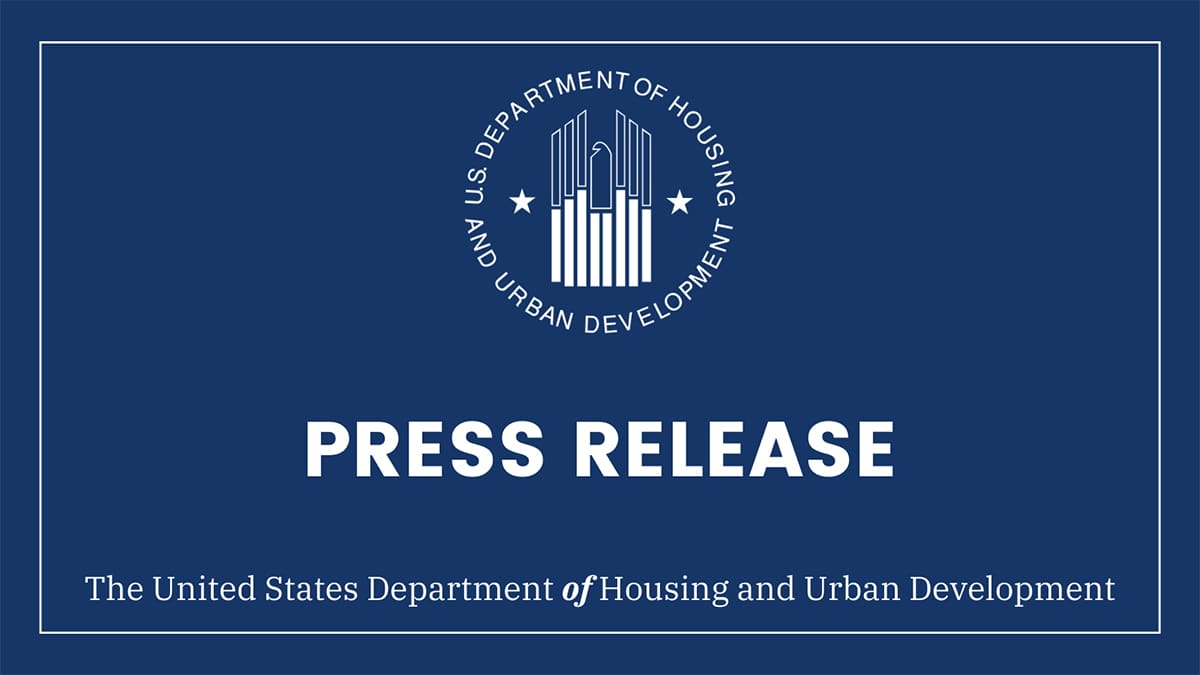HUD Launches Funding Navigator to Link Program Participants with Billions in Federal Funding and Tax Credits for Carbon Reduction and Climate Resilience Improvements

TL/DR –
The U.S. Department of Housing and Urban Development (HUD) has introduced its first-ever Funding Navigator, a tool that allows potential beneficiaries to browse and classify funding opportunities under the Inflation Reduction Act and Bipartisan Infrastructure Law. The tool, which aligns with President Biden’s Investing in America agenda, will help HUD program participants maximize the utilization of resources for carbon reduction and climate resilience efforts. The Funding Navigator and programs such as the EPA’s National Clean Investment Fund and Treasury’s Low-Income Communities Bonus Credit program aim to transform climate investments for low-income and disadvantaged communities, lower housing costs, and increase housing supply and affordability.
HUD Launches Innovative Web-based Tool to Identify Funding Opportunities
The U.S. Department of Housing and Urban Development (HUD) today announced the introduction of its first-ever interactive Funding Navigator. This dynamic online resource will aid users in identifying potential funding opportunities from billions of dollars available under the Inflation Reduction Act (IRA) and Bipartisan Infrastructure Law (BIL). Part of President Biden’s Investing in America agenda, this user-friendly tool allows eligible entities to conveniently sort funding options based on various factors such as audience, activity, funding type, and location. The main aim of the Funding Navigator is to facilitate HUD program participants in making the most of the IRA and BIL resources for climate resilience and carbon reduction initiatives.
“This Administration has released unprecedented funding to enhance our nation’s climate resilience. We urge our grantees and other eligible groups to apply for these funds which will significantly improve our climate resilience and carbon reduction efforts,” stated Secretary Marcia L. Fudge. “Our partners can now find and appreciate the opportunities under the historic legislation signed by President Biden. Our goal remains focused on ensuring that affordable housing is prioritized as key investments are made in infrastructure and climate-related projects.”
Several IRA climate programs were unveiled over the summer, offering extraordinary opportunities for HUD-supported communities. These programs encourage renewable energy, resilience, and energy efficiency standards, making affordable housing a priority. Programs such as EPA’s National Clean Investment Fund and Clean Communities Investment Accelerator ($20 billion) emphasize the decarbonization of multi-family affordable housing. Treasury’s Low-Income Communities Bonus Credit program offers a 20% credit boost for projects benefiting HUD-assisted properties. DOE’s Home Energy Rebate Programs allocate 40% of rebates to low-income households and a minimum of 10% to low-income multifamily buildings.
These programs stimulate climate investments for low-income and disadvantaged communities, cut housing costs, and enhance housing supply and affordability. Through the Funding Navigator and other tools, HUD is assisting program participants in understanding and accessing these opportunities.
In May, HUD launched the Build for the Future site on the HUD Exchange. This site consolidates existing technical assistance resources on topics related to IRA or BIL funding opportunities in one place. It empowers local communities to implement initiatives focusing on climate resilience, energy efficiency, renewable energy, and environmental justice and promotes peer-to-peer knowledge exchange.
Read More US Economic News


Comments are closed.